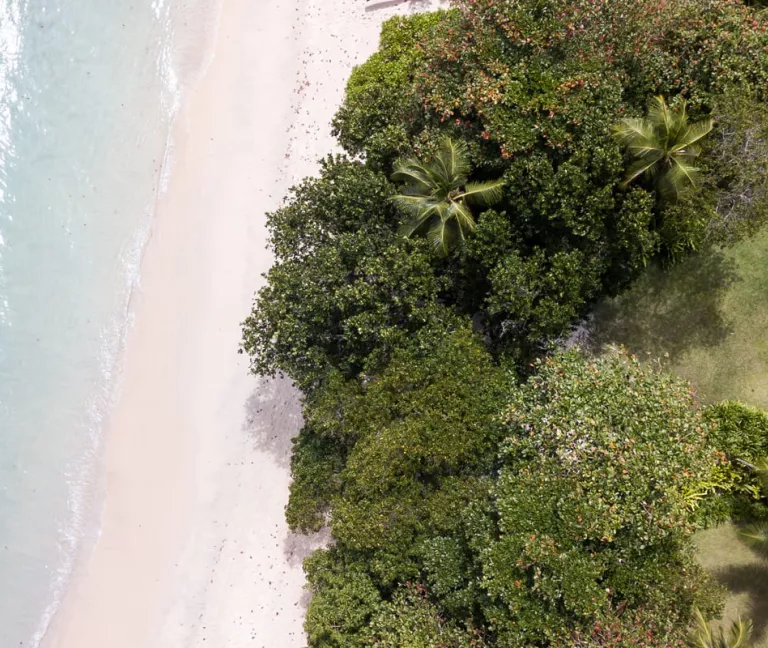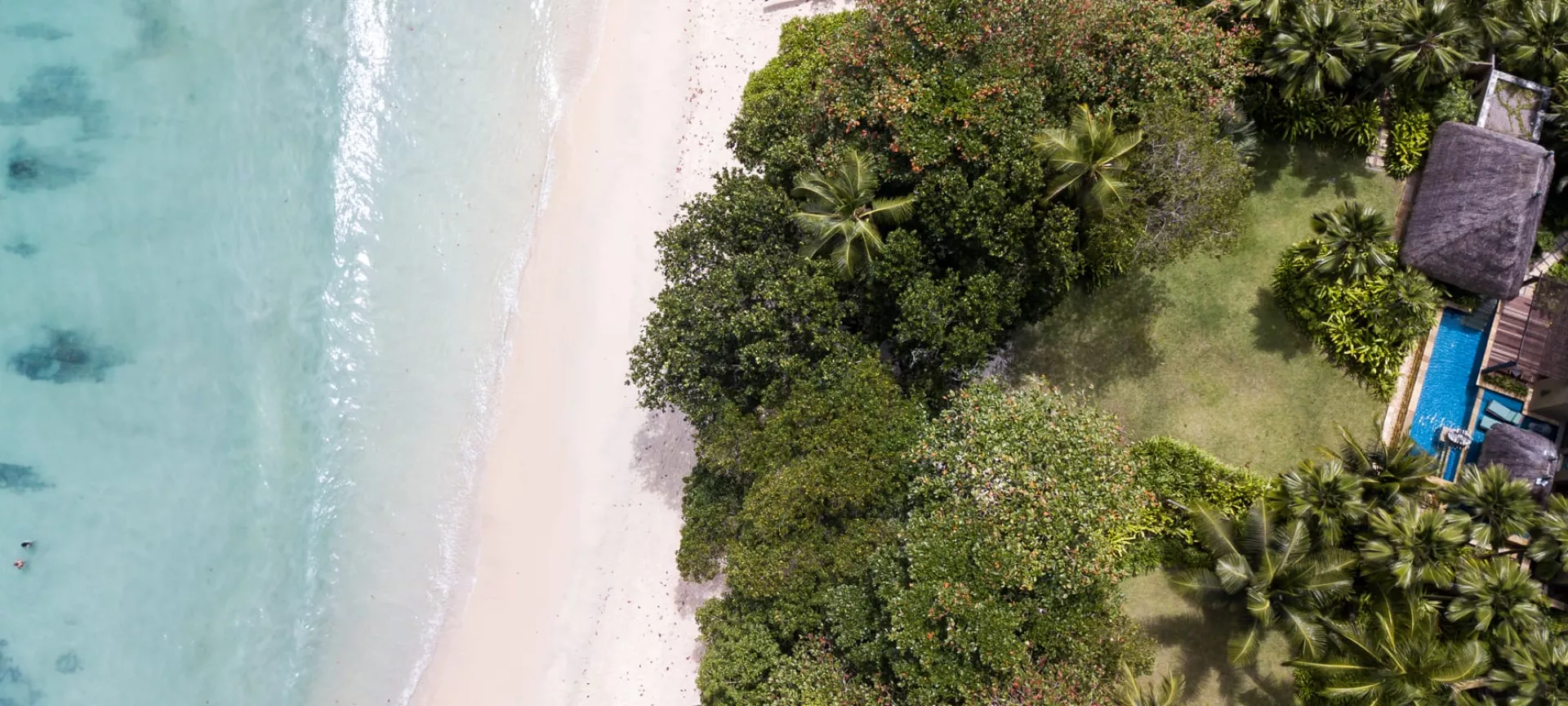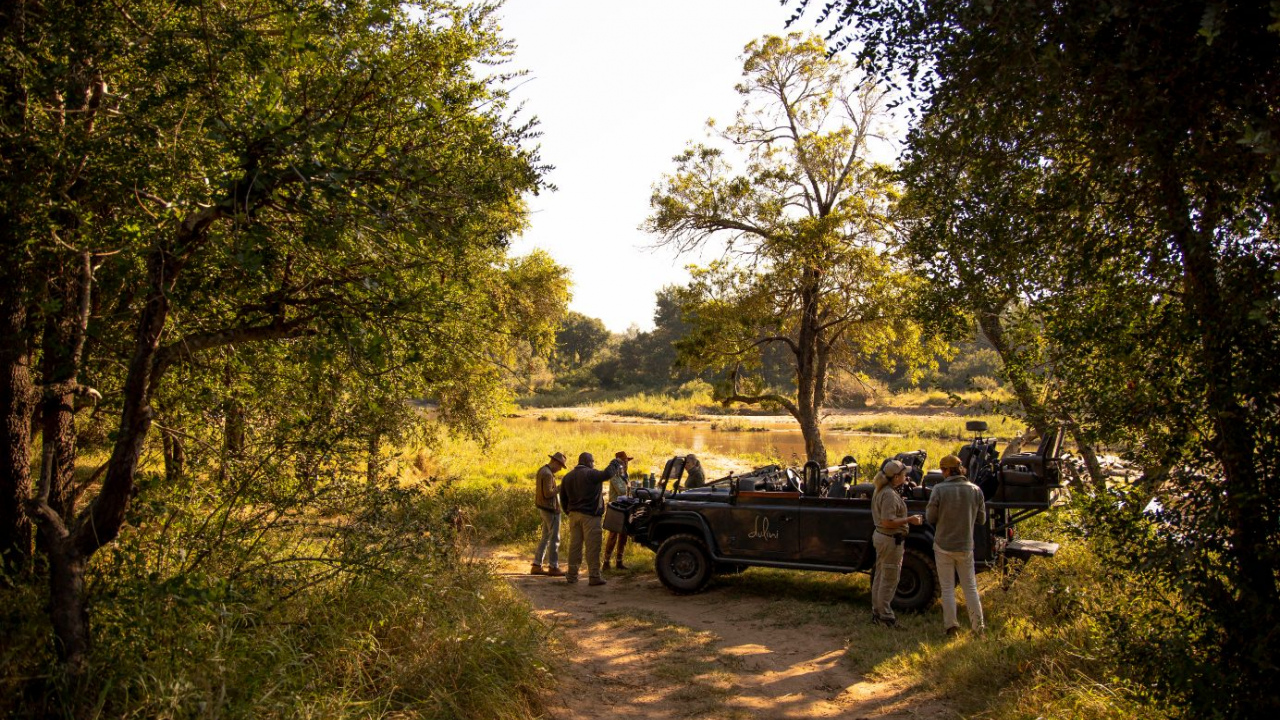
Game drives are the most commonly found safari activity. But what can you expect when you jump aboard your vehicle? Let us explain below.
Heading out on a game drive will occur in pretty much every safari itinerary, but it's not necessarily the same experience in every country, or even every national park. What's the difference between an open or closed vehicle, shared or private, daytime or nighttime? We'll run through the nuances here, so you know exactly what to expect when you head out on safari.
1. Types of Vehicle
Game drive vehicles are generally specially adapted 4x4s, perfectly suited to navigating lumpy, rocky, sandy, muddy or wet terrain. An 'open vehicle' is referred to as one that has had the rear cab removed and in its place are custom-made seats or benches with a canvas canopy as a roof. The seats are open-sided to offer uninterrupted views and will have two or three rows, providing everyone a 'window seat'. The driver (and tracker, if present) will be seated in the front, usually without a cab too.
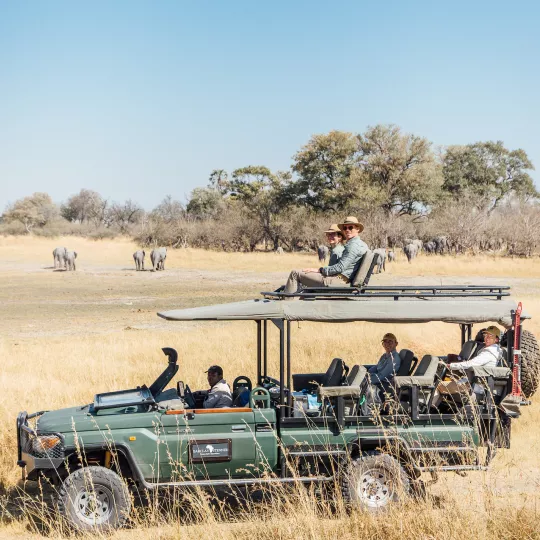
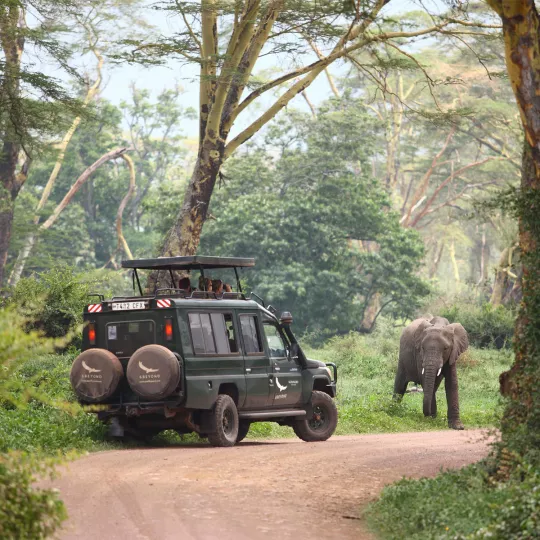
Left: a typical open vehicle. Right: closed vehicle
A 'closed vehicle' is a similar model of 4x4 but this time with a front and rear cab still intact. Passengers travel in the back, where there are large sliding windows and a roof hatch that pops up for unobstructed sightings. Closed vehicles are commonly found in East Africa, and are booked on a private basis for a land-based itinerary driving between national parks and different lodges, with the same guide throughout.
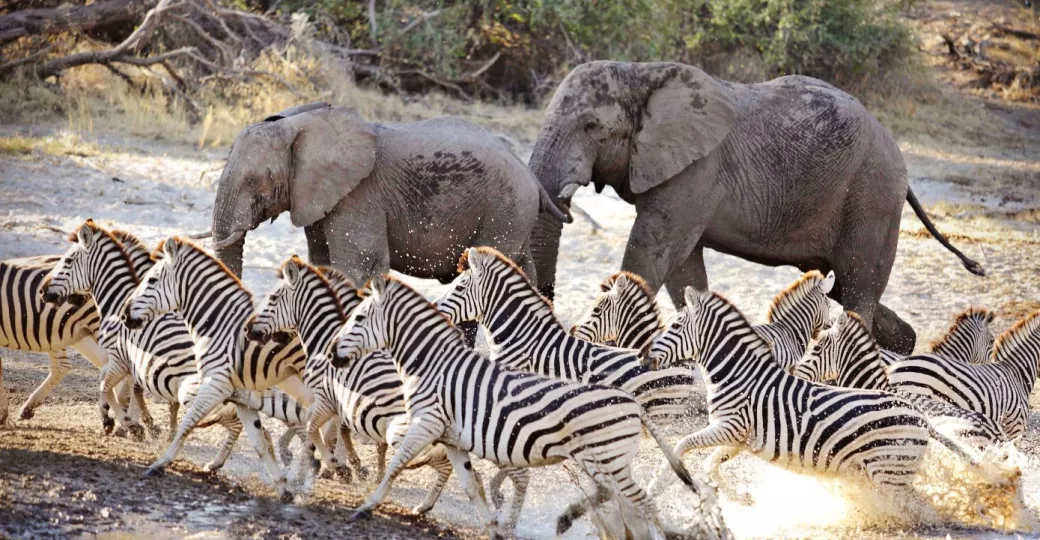
2. Game Drive Times
In broad terms, game drives take place twice a day; mornings and afternoons. But of course its not strictly as simple as that. Anybody will tell you that the most magical time to be in the bush is as everything is waking to the dawn chorus, so morning game drives tend to head out as close to sunrise as they're allowed. In private reserves and conservancies there is flexibility to choose your departure time; fancy a 4am wake up call and dash to an appropriate spot before the sun creeps over the horizon, coffee in hand? No problem.
Within the boundaries of national parks there are a few more rules about this so you'll be more likely to have a light breakfast in camp before venturing out, but still probably somewhere around 6am (depending on the season). Morning drives commonly stay out until mid- to late-morning, stopping for refreshment along the way, then returning to the camp or lodge for brunch.
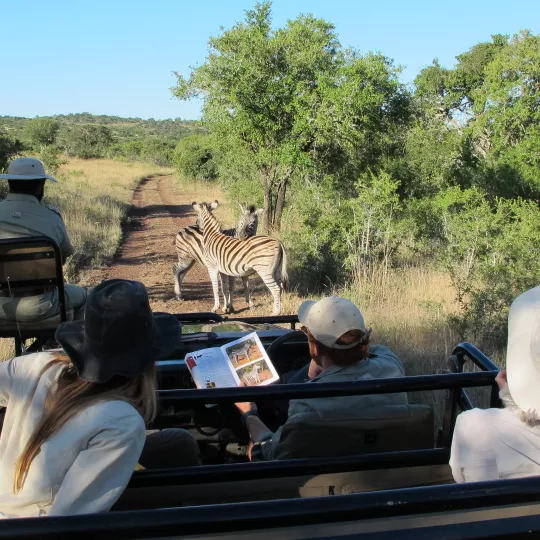
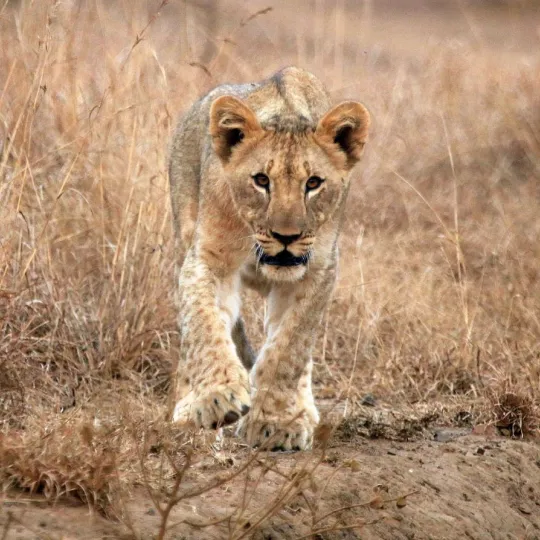
Afternoon tea is the trigger for the next game drive of the day. Again, seasonally dependent, you can expect to head out with your guide around 4pm, to explore a different area to the morning's activity (unless there was something exciting going on that you want to return to!) and enjoying a couple of hours in the golden light.
Sundowners are then a major feature of any safari, your guide will choose a scenic spot, pour your drink of choice and let you soak up the sunset. The drive will then continue as dusk and then darkness falls, making your way back to camp for dinner, using a spotlight to search for animals along the way.
Night drives are often a highlight, although not available everywhere. Some national parks restrict activity once the sun goes down, but these restrictions aren't in place in most private reserves. In a handful of places, such as the Makgadikgadi Pans in Botswana, you can head out after dinner for a short late-night drive to see what nocturnal mischief is being caused (& one of the best opportunities to spot the elusive aardvark).
The final option is an all-day game drive, taking a picnic lunch with you, and only available to groups in a private vehicle. This is a fabulous opportunity to go further afield and really dig into your surroundings. It can be a long day bumping around in a vehicle, so it's not for everybody but if time permits, it's a nice option to have.
3. Shared vs Private
The 'norm' for a game drive is to share your vehicle with other guests at the same lodge or camp. The lodge manager and guides will pair you up with others, and you'll remain in that configuration for the duration of your stay. This can be a lovely way to make new friends, and build rapport with your guide, but of course with humans its not always a 100% success, so we'd encourage you to speak to your guide if something isn't working for you. It is your holiday after all.
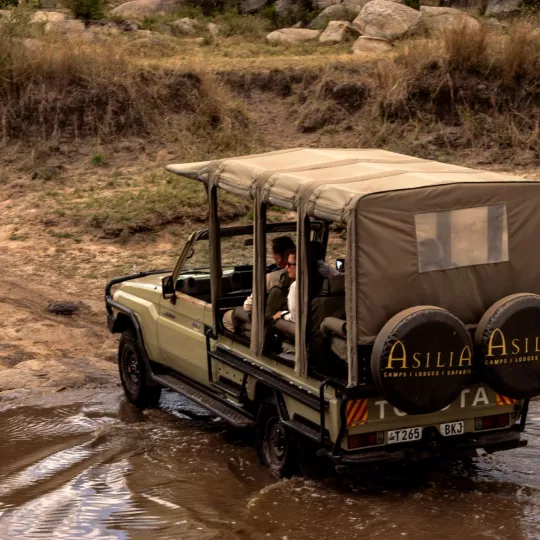
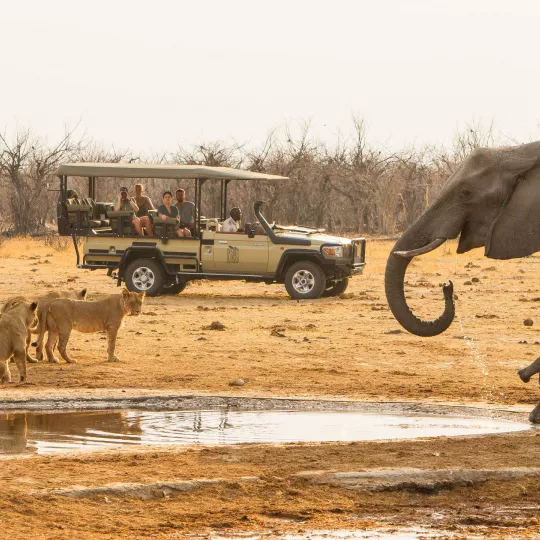
Private vehicles are widely available as an option too. They come at a surcharge, on a daily rate and normally have to be booked for the duration of your stay at that particular lodge. Families with young children are obliged to have a private vehicle. We would also recommend it for any serious photographers who are happy to sit for hours waiting for that bird to take flight.
A handful of safari operators now include a private vehicle as standard, so if this is a priority for you we can factor that into any recommendations we make when we start chatting.
4. Off-Roading
Driving off-road can be a controversial topic for some, but there are strict rules in place to conserve the habitat and not encroach upon the animals minding their own business. Your guide will explain whether off-roading is permitted or not and you are advised to adhere to the rules and not pressure your guide to breach the rules. Some areas allow off-roading, which is certainly an adventure and can be rewarding but it comes with its downfalls too. The crux is, your guide knows best.
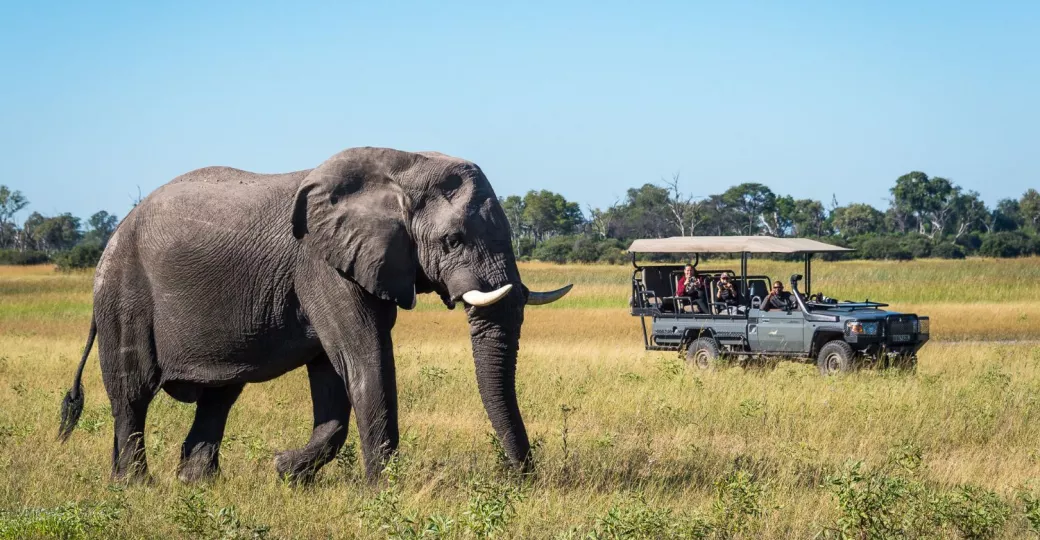
5. Other Considerations
If you have very specific interests, for instance an avid birder or chasing a particular photo, it is worth considering a private vehicle for everybody's benefit. You will enjoy your experience more, with the dedicated attention of your own guide and flexible use of a vehicle, and other guests who may not want to search every bush for a flutter of feathers will be happy to not have to share your vehicle.
Vehicles at some lodges are seriously well-equipped these days. Charging points, storage boxes, beanbags for camera lenses and sometimes even a mini fridge are becoming more common.
There is also the option of self-drive safaris. We go into these in more detail in this notebook entry, as its not very common and we only really recommend it in Namibia and parts of South Africa. Its a very different experience, especially without the knowledge of a guide and tracker, but it still fits the bill of a game drive so needs a mention here!
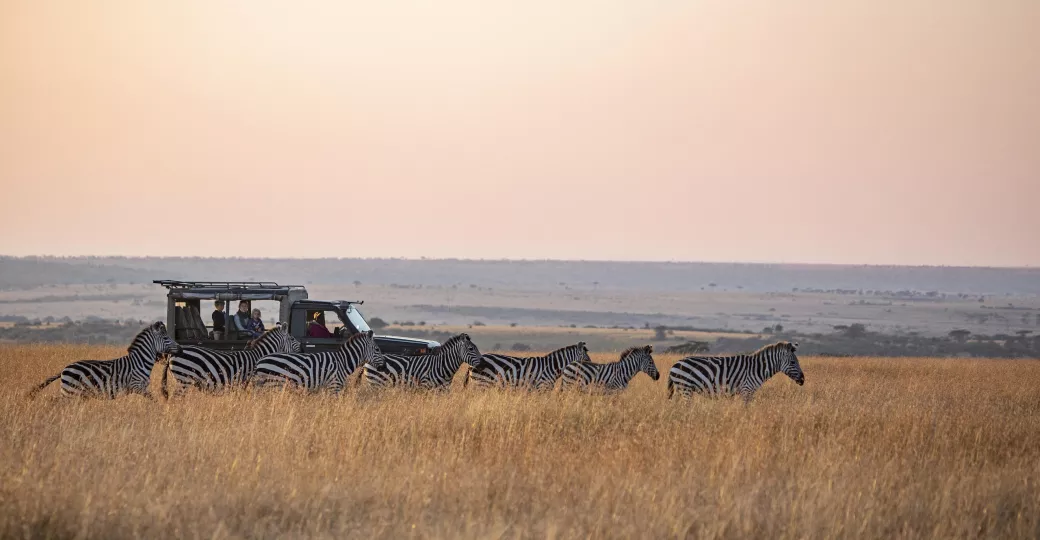
A game drive with Offbeat Mara - Kenya
So that's a summary of the ins and outs of game drives. Being in a vehicle is the most popular type of safari, covers the most ground and provides wonderful photographic opportunities.
There is plenty more to know about game drives, have a read of this notebook entry about Game Drive Etiquette to be prepared for your first trip.
If you are interested in game drives in general but have a few questions or concerns please do get in touch and we can make sure the experience is right for you.
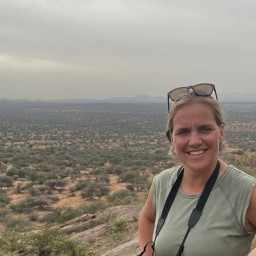
Vanessa Beldam
Ness first landed in Africa in 2008, when on a whim she accepted a job working in a safari camp in Zambia’s South Luangwa National Park. Little did she know how deep an effect this would have on he...
View profileNever miss a notebook entry with our newsletter

